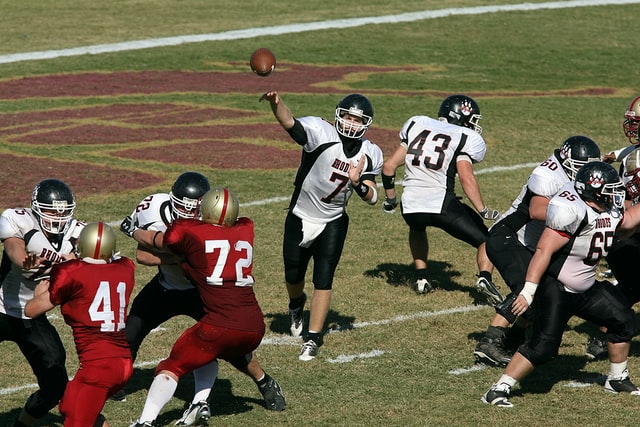
The subspine or anterior inferior iliac spine (AIIS) is a bony process located on the wing of the ilium (upper, large, flat and cup-shaped bone of the hip bone). It lies deep under the soft tissues where the ilium slopes towards the hip joint. The subspine is divided into three types:
- Type I: The ilium wall is smooth and does not consist of a bony process between the subspine and rim of the hip socket.
- Type II: Bony processes extend from the lower area of the subspine to the rim of the socket.
- Type III: The subspine has a downward spur-like appearance, extending below the rim of the hip socket.
Causes
Subspine impingement is caused when the prominent region of the subspine impinges on the neck of the thigh bone (femur) during hip flexion.
Symptoms
Patients with subspine impingement generally face the following problems:
- Inflammation of the synovial membrane (joint lining)
- Pain
- Limited movement of the hip
Further complications
Subspine impingement can further lead to the following complications:
- Labral ecchymosis, which is bruising underneath the labrum (tissue lining hip socket)
- Build-up of bone near the rim of the hip socket
- Calcium deposits within the rectus muscle in the hip region
Diagnosis
Your doctor will discuss the symptoms and conduct a physical examination of your hip. An impingement test will be conducted by moving your knee towards your chest and rotating it towards your opposite shoulder. Impingement is confirmed if you experience hip pain.
Your doctor may also order imaging tests such as X-rays, computed tomography (CT) scans or magnetic resonance imaging (MRI) to confirm the bony deformity.
Treatment
Treatment options depend on the extent of impingement and the occurrence of deformity. Subspine impingement is treated with an arthroscopic decompression technique (minimal invasive surgery using a small camera and a lighted device) or as an open decompression. If an avulsion fracture is involved, where a part of the bone from the subspine gets detached along with a muscle and tendon tear, it is surgically excised during an open surgery.